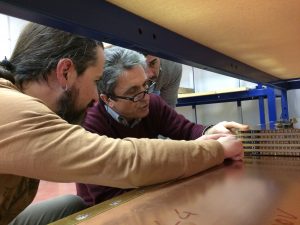Muon triggering and offline muon identification are fundamental requirements of the LHCb experiment. Muons are present in the final states of many CP-sensitive B decays and play a major role in CP asymmetry and oscillation measurements, as muons from semi-leptonic b decays provide a tag of the initial state flavour of the accompanying neutral B mesons.
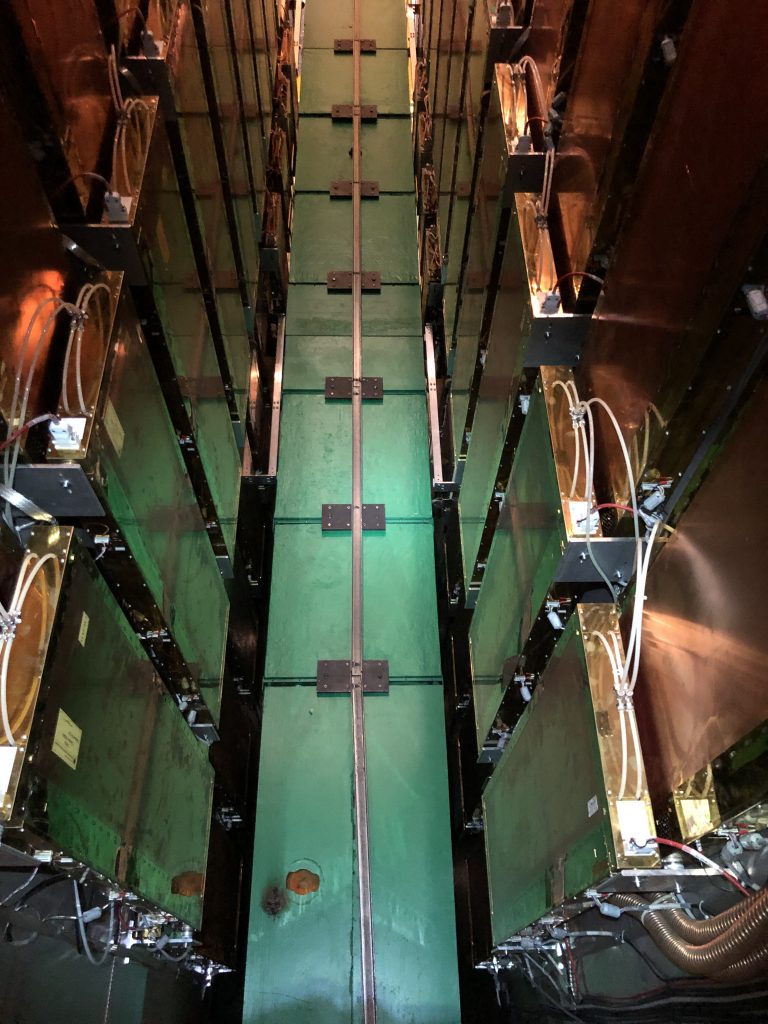
The muon system is composed of four stations (M2-M5) of rectangular shape, covering an acceptance of ±300 mrad (horizontally) and ±250 mrad (vertically). Placed downstream of the hadronic calorimeter, M2-M5 stations are separated by 80 cm thick iron filters. During the LHC Run 1 and Run 2, a fifth station, M1, was important to provide fast information (needed at the earliest trigger level, L0) about particle momentum (you can find out about the former muon system here).
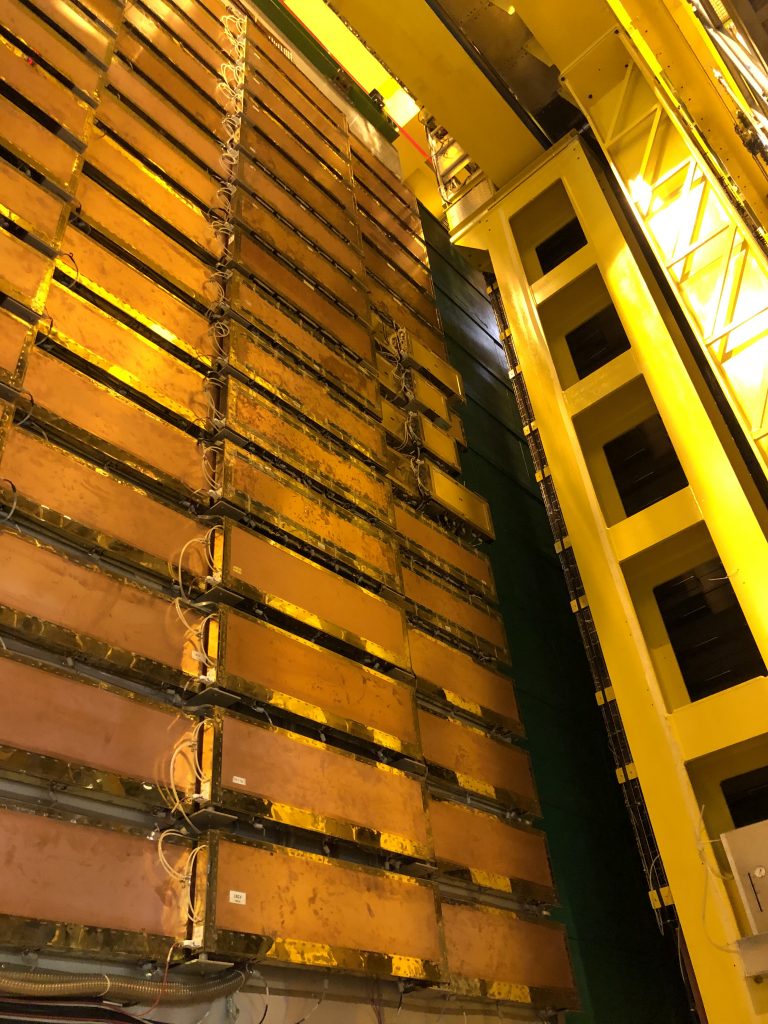
The new fully software LHCb trigger used from Run 3 onward and the high rates expected will make M1, the most irradiated station, useless and inefficient. It has consequently been removed during the Long Shutdown between Run 2 and Run 3. In the previous nine years of Run 1 and Run 2 operation in a high radiation environment, the LHCb muon detectors did not show a gain reduction or any other apparent deterioration in performance. Studies have been conducted in the perspective of using the current detectors along the LHC Run 3 and Run 4, and likely a large fraction of these chambers in Run 5. Findings are such that the four M2 to M5 stations have been kept unchanged in the upgrade system, counting also on a number of spare detectors ready to be installed in case of faults.
Each station is divided into four regions, R1 to R4, with increasing distance from the beam axis. The linear dimensions and the segmentations of the four regions scale with the factors 1, 2, 4 and 8 in order to uniformly distribute the particle flux and the channel occupancy across each station.
Giving the LHC bunches crossing every 25 ns at the LHCb interaction point, the detectors are optimised for speed, gathering most of the information within 20 ns. The system is therefore equipped with Multi Wire Proportional Chambers (MWPC) with 2 mm wire spacing and a small gap (5 mm) filled with a combination of three gases: carbon dioxide, argon, and tetrafluoromethane. In the actual muon system there are 1104 MWPC detectors, of 16 different sizes depending on the station and on the region, and each detector is implemented with four gaps MWPC to achieve a high efficiency and a high redundancy.
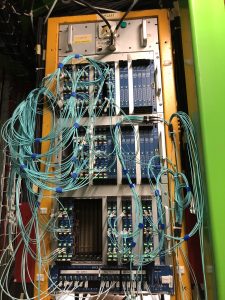
The detectors provide space point measurements of the muon tracks, giving a binary (yes/no) information which allows the reconstruction of the spatial trajectory of each muon through the system. The front-end electronics, which digitises the signals from the detector, is based on custom chips developed for the muon system and designed to be radiation tolerant up to 10 MRad. Accordingly with the conditions foreseen for Run 3 and beyond, the about 100,000 channels of the front-end electronics have been kept unchanged, while the readout and the control electronics have been completely redesigned to cope with the new full event readout at the rate of 40 MHz. Despite the significant changes required, the new electronics have been redesigned to be backward-compatible with the original architecture and its environment in order to minimise the cost by allowing the reuse of the original crates, cabling, and power supplies.
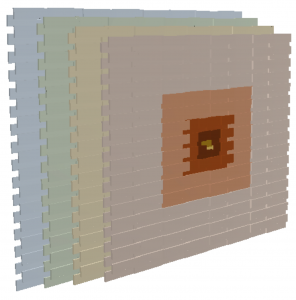
Have a look at this footage of the muon detector, its multi-wire proportional chambers and electronics

